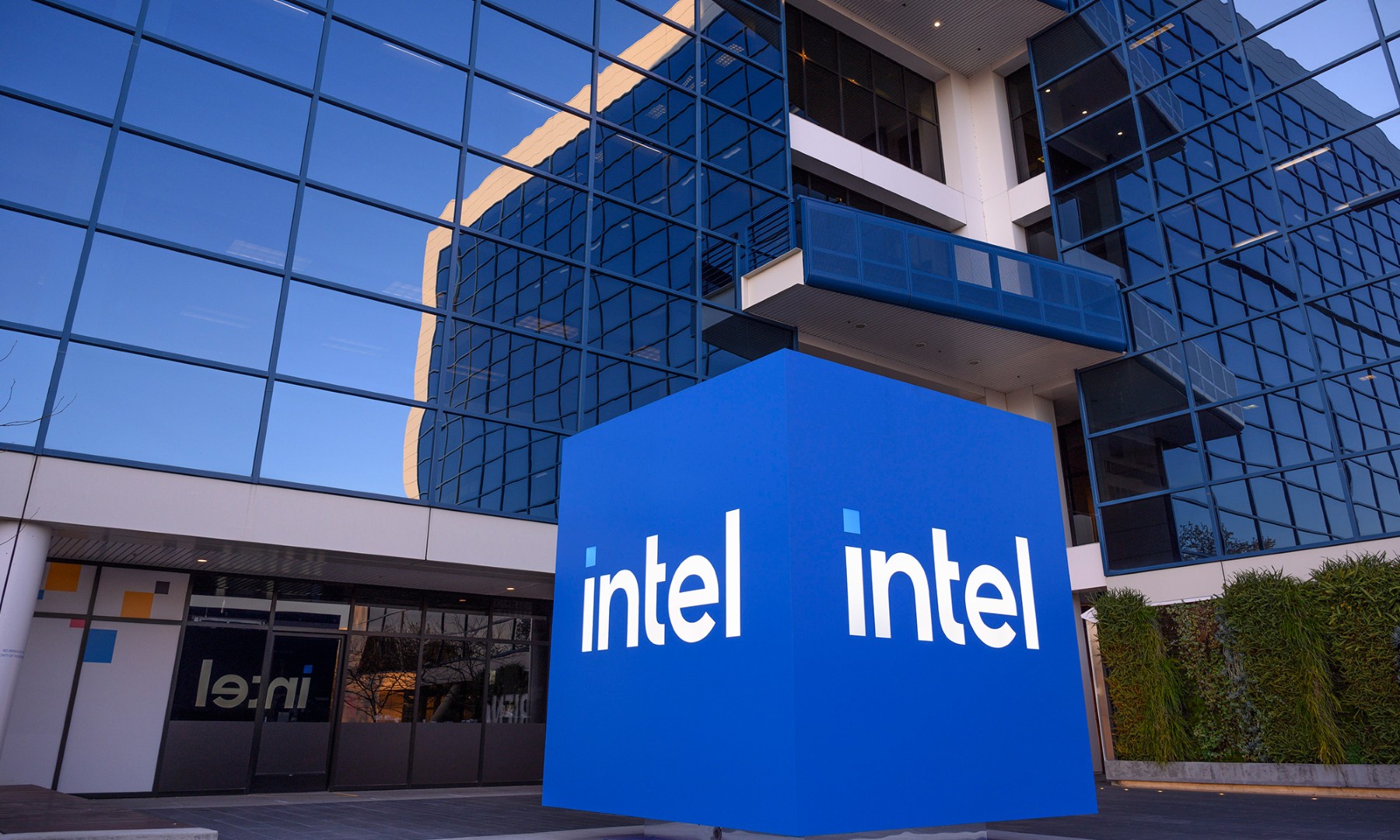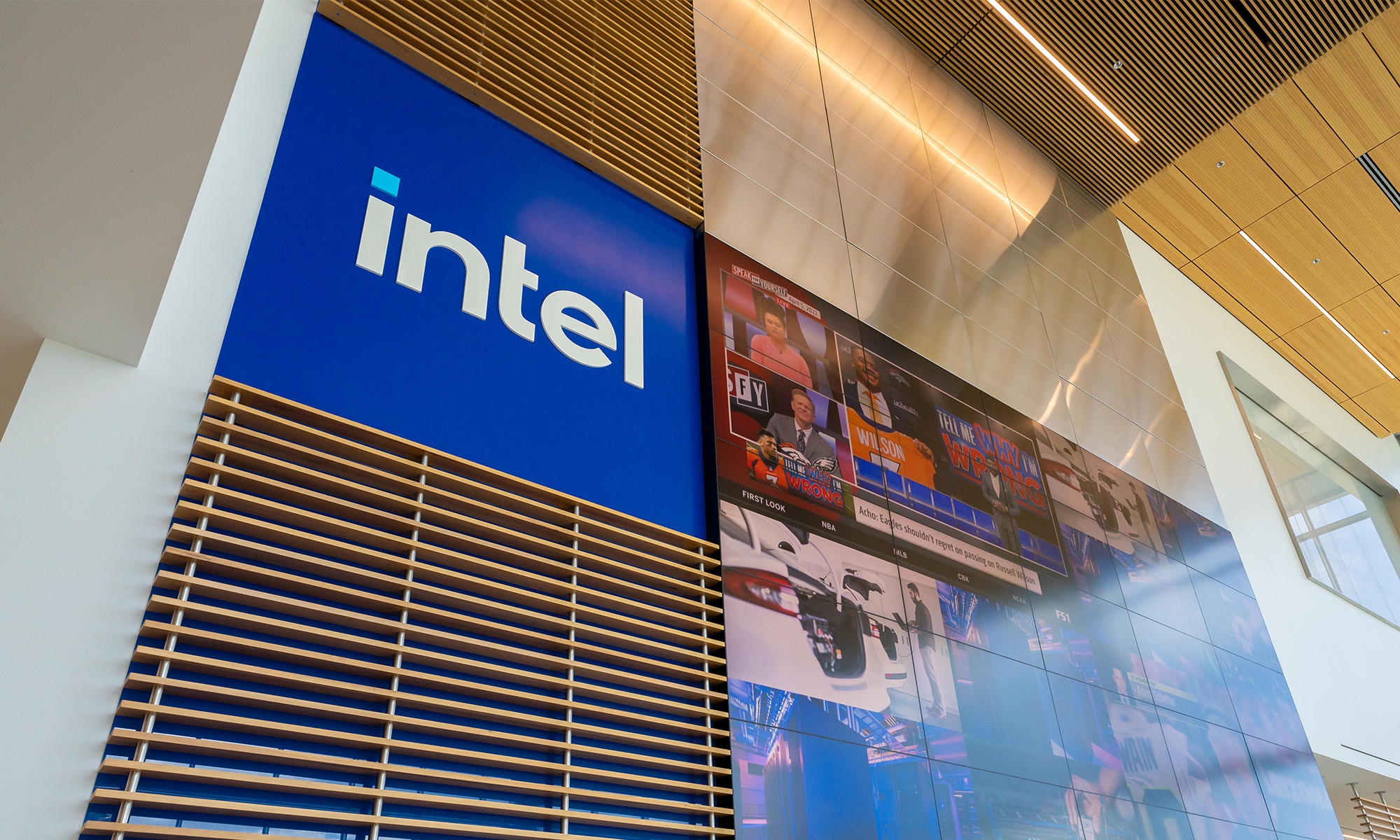Intel (INTC +6.72%) will release its quarterly report on Tuesday, and investors are bracing for another drop in year-over-year earnings on flat revenue. Yet even if Intel earnings prove disappointing this quarter, the far more important long-term consideration is whether the chipmaker can stand up to Qualcomm (QCOM +1.13%) and some of its other chip rivals to make a bigger splash in the rising mobile market.
Intel has long lagged behind Qualcomm and other chipmakers that identified the full potential of the mobile market early on. Yet Intel hasn't given up on developing a sizable mobile presence, having recently introduced new products that could finally start chipping away at the lead it has given its competitors. Even after making a strategic acquisition to bolster its expertise in a key niche, though, Intel's prospects are far from certain. Let's take an early look at what's been happening with Intel over the past quarter and what we're likely to see in its report.
Stats on Intel
|
Analyst EPS Estimate |
$0.53 |
|
Change From Year-Ago EPS |
(8.6%) |
|
Revenue Estimate |
$13.47 billion |
|
Change From Year-Ago Revenue |
0.1% |
|
Earnings Beats in Past 4 Quarters |
2 |
Source: Yahoo! Finance.
Can Intel earnings bounce back?
Intel has fallen short of analyst expectations in the past two quarters, and analysts have mixed views for Intel earnings this time around. They've boosted their third-quarter estimates by $0.03 per share in recent months, but they've cut their calls for full-year 2014 earnings by $0.08 per share. The stock has been largely stagnant, falling 2% since early July.
Intel came into the quarter on a down note, with its second-quarter earnings report falling short of what investors had hoped to see. Net income and revenue figures were only mildly disappointing, but a forecast for lower third-quarter sales as well made investors nervous about Intel's turnaround prospects. The company's PC exposure continued to weigh on results, with a 7.5% decline in sales at its PC client group reflecting customers waiting for newer products to come onto the market.
But Intel is taking steps to fight back. In August, Intel bought Fujitsu Semiconductor Wireless in a move to try to bolster its ability to integrate LTE connectivity into its chips, which Qualcomm has excelled at in the past. In addition, the new Bay Trail chip architecture promises better performance than chips from Qualcomm and NVIDIA (NVDA +1.14%) while also having long battery life. Intel's new Quark chip is its smallest ever and could become a cornerstone for the wearable-computing market given its minimal power consumption.
The results of Intel's new development spree should start getting clearer in the near future. Already, getting its chips into the Samsung Galaxy Tab 3 and several Chromebooks and Windows 8-based tablets has given Intel a path forward to participate more fully in the mobile market. Admittedly, NVIDIA and Qualcomm have both had greater penetration in the past, and it'll take a lot more for Intel to displace Qualcomm and NVIDIA from their respective perches. But once developers have had a chance to integrate Intel's next-generation chip designs into newer devices, it'll be easier to see whether Intel has finally made its mark on the mobile industry.
In the Intel earnings report, look beyond what are likely to be sluggish revenue and earnings numbers to see how its newer products are being received. If the reception is positive, then Intel could finally have plotted a course toward a sustainable and profitable future.
Click here to add Intel to My Watchlist, which can find all of our Foolish analysis on it and all your other stocks.








